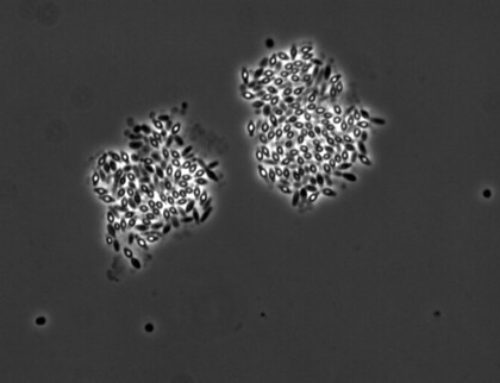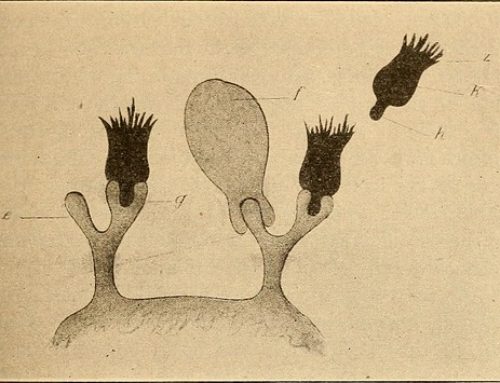1. Cytoplasmic (Cell) Membrane
-
- Located just inside the peptidoglycan layer.
-
- Phospholipid bilayer similar to eukaryotic membranes, but does not contain sterols (except Mycoplasma species).
-
- Functions:
-
-
- transport of molecules into cell
- energy generation by oxidative metabolism
- synthesis of cell wall precursors
- secretion of enzymes, toxins, and other proteins
- signal transduction
-
2. Mesosome
-
- Involved in cell division
3. Cytoplasm
-
- contains the nucleoid and ribosomes, nutrient granules, metabolites and plasmids.
- Ribosomes
- Differ in size and composition from eukaryotic ribosomes—selective target of several antibiotics that inhibit bacterial, but not eukaryotic protein synthesis.
- Ribosomes
- contains the nucleoid and ribosomes, nutrient granules, metabolites and plasmids.
2. Granules
-
-
-
- Several different types; stain characteristically and can be used to help identify some bacteria.
-
-
3. Nucleoid
-
-
-
- Location of bacterial DNA chromosome (~2000 genes, no introns)
- No nuclear membrane, no nucleolus, no mitotic spindle, no histones.
- Location of bacterial DNA chromosome (~2000 genes, no introns)
-
-
4. Plasmids
-
-
-
- Extrachromosomal double-stranded, circular DNA molecules.
- Replicate independently of bacterial chromosome.
- Found in Gram-positive and Gram-negative bacteria.
-
-
2. Transposons
Photo by Open.Michigan






Leave a Reply